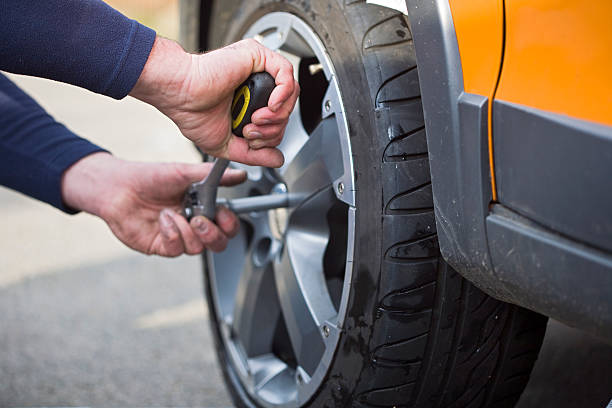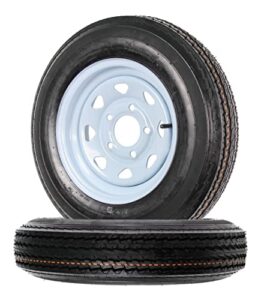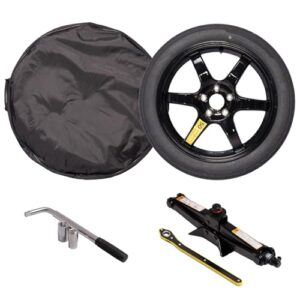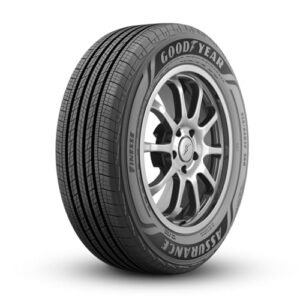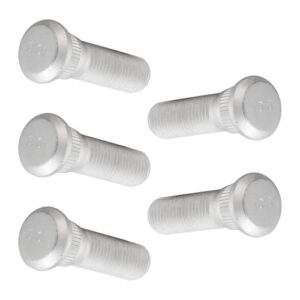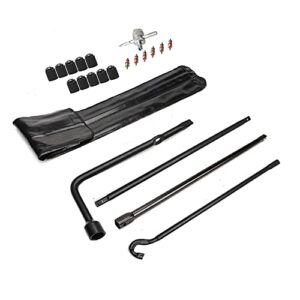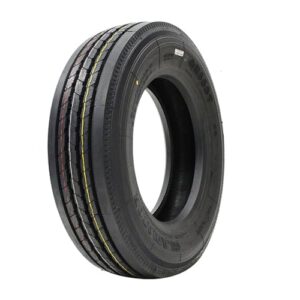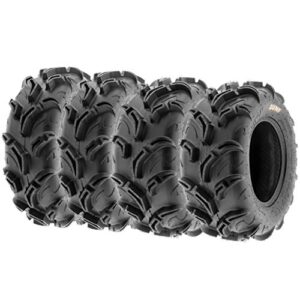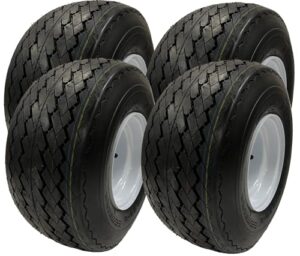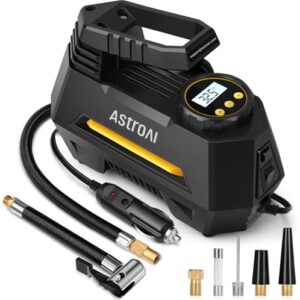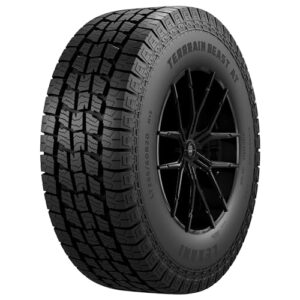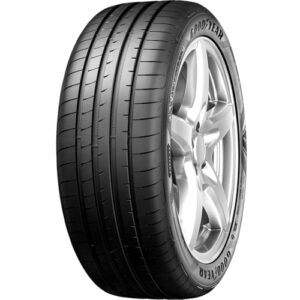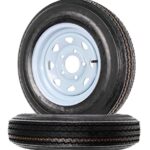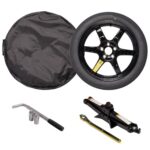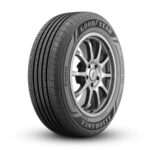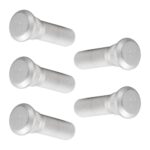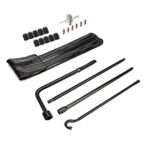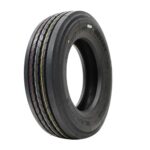Finding the right tires for wet roads can be challenging. The right choice keeps you safe.
Driving on wet roads can be risky due to reduced traction. The right tires can make a significant difference in safety and handling. When roads are slick, having tires designed for wet conditions can prevent accidents and improve control. This blog post will help you understand the best tire options for wet roads.
We’ll explore key features to look for and how they enhance performance in the rain. Stay tuned to learn which tires offer the best grip, durability, and overall performance on wet surfaces. Your safety is worth it.
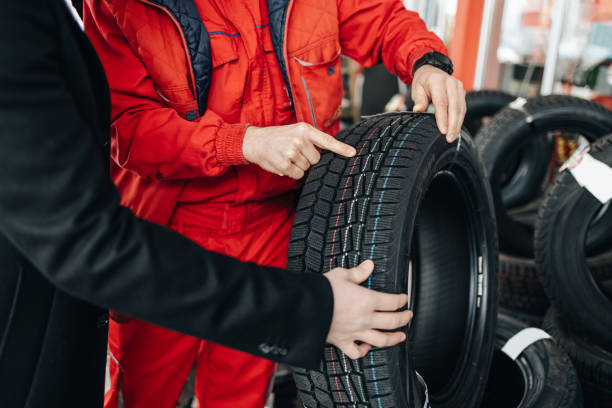
Importance Of Tire Choice
Choosing the right tires is vital for driving on wet roads. Your tire choice can impact your safety and the car’s performance. Wet roads can be tricky and dangerous. Quality tires help your vehicle grip the road better.
Not all tires are made the same. Some are better suited for wet conditions. Understanding what makes a tire good for wet roads is important. This knowledge helps you make a smart decision.
Safety Factors
Safety is the top priority on wet roads. Tires with good tread patterns can prevent hydroplaning. Hydroplaning occurs when water builds up under the tires. This can cause you to lose control of your vehicle.
Good tires channel water away from the tread. This improves grip and control. Soft rubber compounds in tires also enhance traction. They allow the tire to conform to the road surface, increasing friction.
Performance Metrics
Performance metrics are also important. Tires designed for wet roads often have better braking performance. They can stop more quickly in wet conditions. This can prevent accidents.
Handling is another key metric. Wet road tires should offer good steering response. This means you can maneuver your car easily, even on slippery surfaces. Fuel efficiency is also a factor. Some tires reduce rolling resistance, saving you money on fuel.
Consider these metrics when choosing tires. They help ensure a safer and smoother ride on wet roads.

Key Features For Wet Roads
Driving on wet roads demands tires with specific features. These features ensure maximum grip and safety. Understanding these key features helps in choosing the best tires for wet conditions.
Tread Design
The tread design of a tire plays a crucial role in wet road performance. Tires with deeper and wider grooves can channel water away from the tire’s contact patch. This reduces the risk of hydroplaning. Look for tires with asymmetrical tread patterns. These patterns offer better water evacuation. Sipes, or small cuts in the tread blocks, also improve grip on wet surfaces. They provide more biting edges to enhance traction.
Rubber Compounds
The rubber compounds used in a tire affect its wet road performance. Tires with softer rubber compounds offer better grip. They can conform to the road surface, providing more contact area. This results in better traction and braking performance. Some tires also use silica-based compounds. These compounds improve wet traction without compromising the tire’s durability.
Here is a quick comparison of common tire features:
| Feature | Benefit |
|---|---|
| Asymmetrical Tread Patterns | Better water evacuation |
| Deeper Grooves | Reduced hydroplaning |
| Sipes | Improved grip |
| Softer Rubber Compounds | Enhanced traction |
| Silica-based Compounds | Better wet traction and durability |
Top All-season Tires
Driving on wet roads can be tricky. The right tires make a big difference. All-season tires are a popular choice. They perform well in many conditions. In this section, we will discuss the top all-season tires. These tires offer good traction on wet roads. Let’s explore some top brands and their pros and cons.
Brand Recommendations
Several brands stand out in the all-season tire market. Michelin, Goodyear, and Bridgestone are leaders. Each brand has unique features and benefits.
Michelin Defender T+H: Known for durability and performance. Offers excellent wet traction.
Goodyear Assurance WeatherReady: Great for all weather conditions. Strong grip on wet surfaces.
Bridgestone Turanza QuietTrack: Quiet and comfortable. Provides reliable traction in wet conditions.
Pros And Cons
Each tire has its strengths and weaknesses. It’s important to understand these before making a choice.
Michelin Defender T+H:
Pros: Long-lasting. Excellent wet traction. Comfortable ride.
Cons: Higher price. Limited performance in heavy snow.
Goodyear Assurance WeatherReady:
Pros: Versatile. Good wet and dry traction. Reliable in light snow.
Cons: Shorter tread life. Can be noisy on highways.
Bridgestone Turanza QuietTrack:
Pros: Quiet. Comfortable. Strong wet traction.
Cons: Expensive. Average performance in deep snow.
Choosing the right tire depends on your needs. Consider your driving conditions. Think about your budget. Each of these tires has something to offer. Make an informed decision for a safer drive.
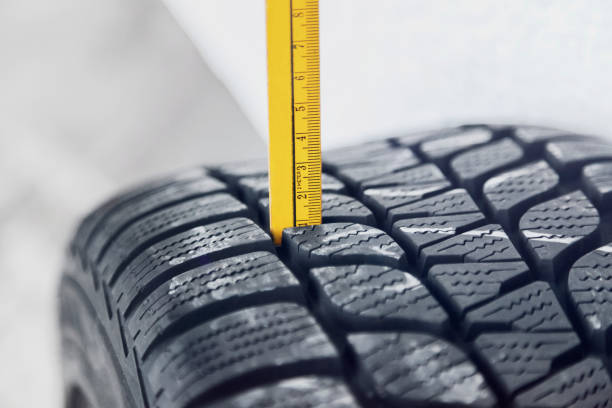
Best Performance Tires
Driving on wet roads requires top-notch tires. The best performance tires enhance grip, safety, and comfort. They stand out in their ability to handle wet conditions efficiently. Let’s delve into the top picks and their performance reviews.
Top Picks
- Michelin Pilot Sport 4S – Renowned for exceptional grip and handling.
- Bridgestone Potenza RE980AS – Offers superb wet traction and durability.
- Continental ExtremeContact DWS06 – Known for its all-season performance and wet road handling.
Performance Review
Below is a comparison table highlighting key features of the top picks:
| Tire Model | Wet Grip | Durability | Comfort |
|---|---|---|---|
| Michelin Pilot Sport 4S | Excellent | High | Great |
| Bridgestone Potenza RE980AS | Superb | Very High | Good |
| Continental ExtremeContact DWS06 | Very Good | High | Excellent |
Michelin Pilot Sport 4S excels in wet grip. Its silica-based compound ensures superior traction. Bridgestone Potenza RE980AS stands out for its durability. It provides a longer tread life. Continental ExtremeContact DWS06 offers the best comfort. It absorbs road shocks efficiently.
Choose tires based on your specific needs. Prioritize wet grip, durability, or comfort.
Budget-friendly Options
Driving on wet roads can be challenging. Having the right tires is crucial. But finding quality tires on a budget is not easy. Here are some budget-friendly options to consider.
Affordable Picks
Many tire brands offer affordable options. These options perform well on wet roads. Below are some top picks:
- Michelin Defender T+H: Known for its durability and wet traction.
- Goodyear Assurance All-Season: Offers reliable performance and good water dispersion.
- Bridgestone Ecopia EP422 Plus: Great for fuel efficiency and wet grip.
Value For Money
Getting the best value for your money is important. Below are some tires that offer great performance without breaking the bank:
| Brand | Model | Key Feature | Price Range |
|---|---|---|---|
| Hankook | Kinergy ST H735 | Excellent wet traction | $70-$120 |
| Cooper | CS5 Ultra Touring | Long tread life | $80-$130 |
| Kumho | Solus TA31 | Good handling in wet conditions | $60-$110 |
These tires provide excellent performance. They are also wallet-friendly. Choose any of these for a safer drive on wet roads.
Premium Tire Choices
Finding the best tires for wet roads can be a challenge. Premium tire choices offer great performance and safety. These tires provide excellent grip and control on slippery surfaces. Let’s explore some top options in the market.
Luxury Brands
Luxury brands often lead in tire technology. They invest in research to develop high-performance tires.
- Michelin – Known for its superior wet traction and durability.
- Pirelli – Offers high-end tires with excellent wet handling.
- Continental – Provides reliable and safe tires for wet conditions.
These brands are trusted worldwide for their quality and innovation.
High-end Features
Premium tires come with advanced features. These features ensure better performance on wet roads.
| Feature | Benefit |
|---|---|
| Hydroplaning resistance | Reduces the risk of skidding on wet surfaces. |
| Advanced tread patterns | Enhances grip and water evacuation. |
| Silica compounds | Improves traction and braking performance. |
These features make premium tires a smart choice for wet road safety.
User Reviews And Feedback
Understanding the best tires for wet roads often requires real user experiences. Reviews and feedback from customers provide valuable insights. They can help you make an informed choice.
Customer Ratings
Customer ratings reflect the overall satisfaction of buyers. These ratings often range from 1 to 5 stars. Let’s take a look at some popular tire brands and their ratings:
| Tire Brand | Average Rating |
|---|---|
| Michelin | 4.8 |
| Continental | 4.6 |
| Goodyear | 4.5 |
| Bridgestone | 4.4 |
Most users rate Michelin tires very high. They often mention excellent grip and long-lasting performance. Continental and Goodyear also receive positive feedback. Users appreciate their balance of price and quality.
Common Complaints
Despite high ratings, no product is perfect. Users often mention a few common complaints:
- Noise Levels: Some tires are noisier than expected.
- Wear and Tear: Faster wear in certain conditions.
- Price: Premium brands can be expensive.
For example, while Bridgestone tires are well-rated, some users complain about their noise level. Similarly, Goodyear tires sometimes wear out faster than expected, especially in hotter climates.
Understanding these common issues helps you weigh the pros and cons. It ensures you choose tires that meet your needs.
Maintenance Tips
Maintaining your tires is crucial for safe driving on wet roads. Proper tire care can prevent accidents and ensure a smooth drive. Here are some essential maintenance tips to keep your tires in top condition.
Regular Checks
Perform regular checks on your tires to spot any issues early. Inspect the tread depth. Use a tread depth gauge or a coin. If the tread is worn, replace the tire. Worn-out treads reduce grip on wet roads.
Look for any cuts, punctures, or bulges. These can cause tire failure. Rotate your tires every 6,000 to 8,000 miles. This ensures even wear and extends the tire life.
Proper Inflation
Ensure your tires are properly inflated. Under-inflated tires can cause poor handling and increased wear. Over-inflated tires reduce the contact area with the road.
Check the tire pressure at least once a month. Use a reliable tire pressure gauge. Refer to your vehicle’s manual for the recommended pressure levels.
Keep a record of your tire pressure checks. This helps in maintaining a consistent tire pressure. Proper inflation improves fuel efficiency and ensures safety on wet roads.
Frequently Asked Questions
What Makes Tires Good For Wet Roads?
Tires with deep grooves and silica-infused rubber compounds offer better grip on wet surfaces. These features help channel water away and maintain traction, reducing the risk of hydroplaning.
Are All-season Tires Effective In Rain?
All-season tires can be effective in rain, but performance varies by brand. Look for tires with good wet traction ratings to ensure safety and reliability on wet roads.
How Do I Choose Tires For Wet Conditions?
Choose tires with high wet traction ratings and wide grooves. These features help expel water, improving grip and reducing the risk of hydroplaning.
Do Tire Treads Impact Wet Road Performance?
Yes, tire treads significantly impact wet road performance. Deeper treads and sipes help channel water away, providing better traction and reducing the risk of skidding.
Conclusion
Choosing the best tires for wet roads ensures safety. Quality tires reduce the risk of hydroplaning. Look for tires with deep grooves and strong grip. Always check tire ratings and reviews. Regular maintenance extends tire life and performance. Stay safe by making informed decisions.
Remember, proper tires make a big difference on wet roads. Prioritize safety and quality when selecting your tires. Drive confidently in the rain with the right tires.


